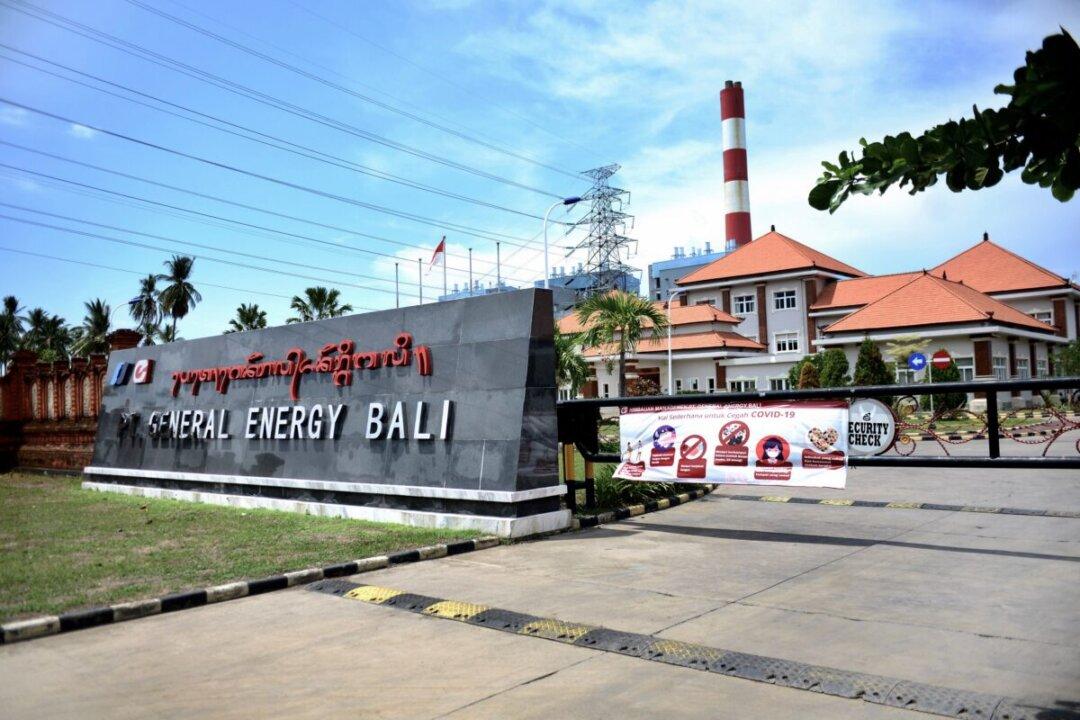News Analysis
During recent meetings between the World Economic Forum and the Chinese Communist Party’s (CCP) Politburo, Chinese leader Xi Jinping emphasized that the CCP would remain flexible in fulfilling its promise to reduce carbon emissions.

During recent meetings between the World Economic Forum and the Chinese Communist Party’s (CCP) Politburo, Chinese leader Xi Jinping emphasized that the CCP would remain flexible in fulfilling its promise to reduce carbon emissions.